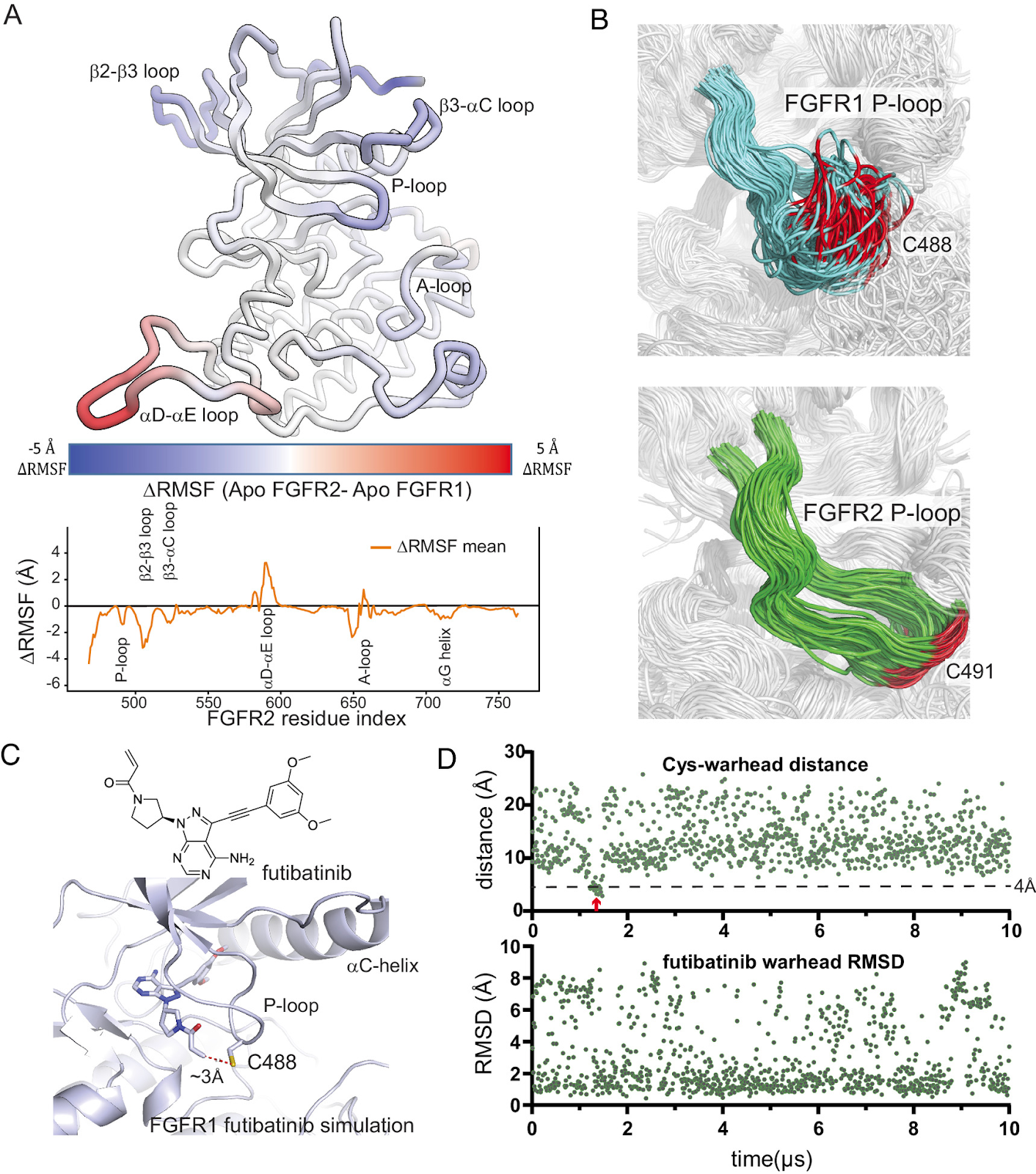Kristen A. Baltgalvis, Kelsey N. Lamb, Kent T. Symons, Chu-Chiao Wu, Melissa A. Hoffman, Aaron N. Snead, Xiaodan Song, Thomas Glaza, Shota Kikuchi, Jason C. Green, Donald C. Rogness, Betty Lam, Maria E. Rodriguez-Aguirre, David R. Woody, Christie L. Eissler, Socorro Rodiles, Seth M. Negron, Steffen M. Bernard, Eileen Tran, Jonathan Pollock, Ali Tabatabaei, Victor Contreras, Heather N. Williams, Martha K. Pastuszka, John J. Sigler, Piergiorgio Pettazzoni, Markus G. Rudolph, Moritz Classen, Doris Brugger, Christopher Claiborne, Jean-Marc Plancher, Isabel Cuartas, Joan Seoane, Laurence E. Burgess, Robert T. Abraham, David S. Weinstein, Gabriel M. Simon, Matthew P. Patricelli & Todd M. Kinsella
Nature, 2024
https://doi.org/10.1038/s41586-024-07318-y
WRN helicase is a promising target for treatment of cancers with microsatellite instability (MSI) due to its essential role in resolving deleterious non-canonical DNA structures that accumulate in cells with faulty mismatch repair mechanisms1,2,3,4,5. Currently there are no approved drugs directly targeting human DNA or RNA helicases, in part owing to the challenging nature of developing potent and selective compounds to this class of proteins. Here we describe the chemoproteomics-enabled discovery of a clinical-stage, covalent allosteric inhibitor of WRN, VVD-133214. This compound selectively engages a cysteine (C727) located in a region of the helicase domain subject to interdomain movement during DNA unwinding. VVD-133214 binds WRN protein cooperatively with nucleotide and stabilizes compact conformations lacking the dynamic flexibility necessary for proper helicase function, resulting in widespread double-stranded DNA breaks, nuclear swelling and cell death in MSI-high (MSI-H), but not in microsatellite-stable, cells. The compound was well tolerated in mice and led to robust tumour regression in multiple MSI-H colorectal cancer cell lines and patient-derived xenograft models. Our work shows an allosteric approach for inhibition of WRN function that circumvents competition from an endogenous ATP cofactor in cancer cells, and designates VVD-133214 as a promising drug candidate for patients with MSI-H cancers.

































